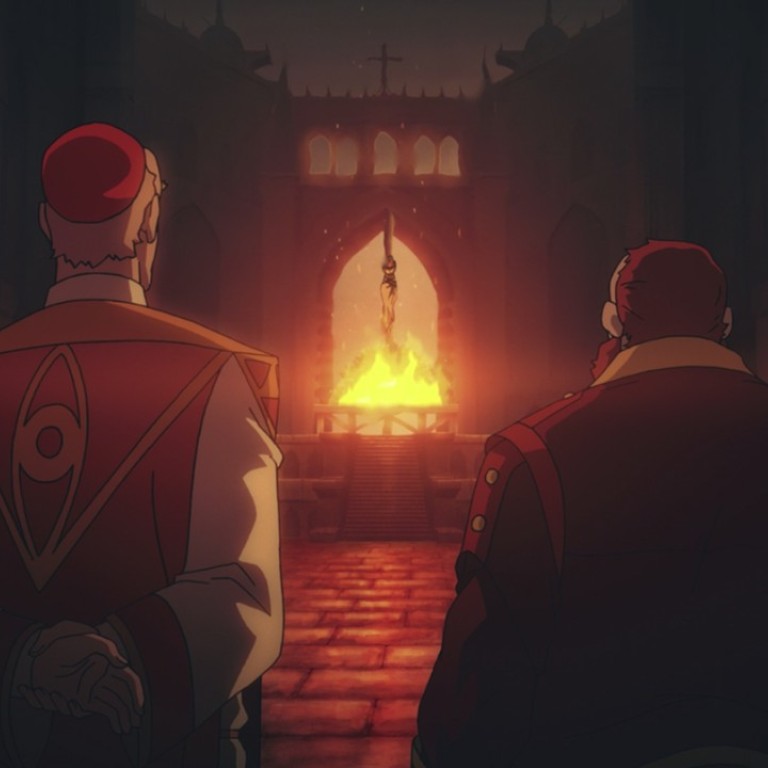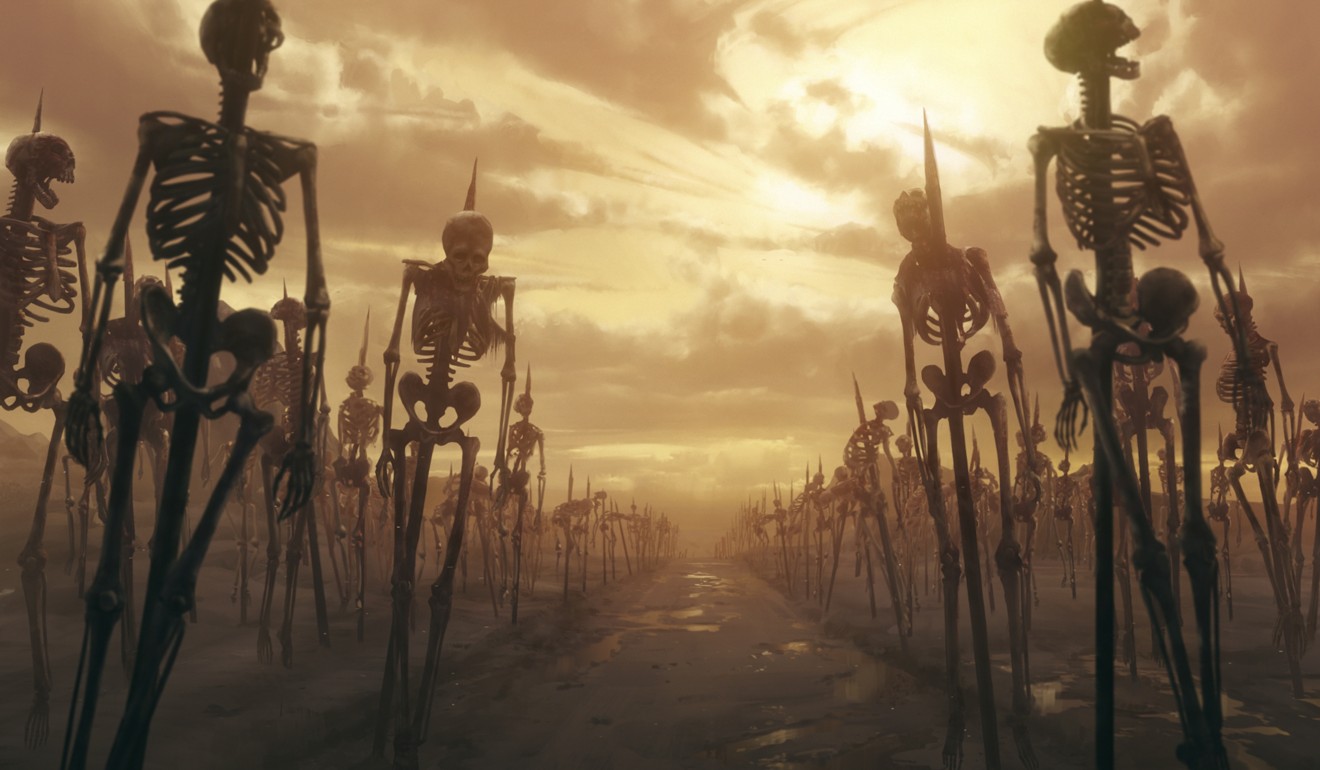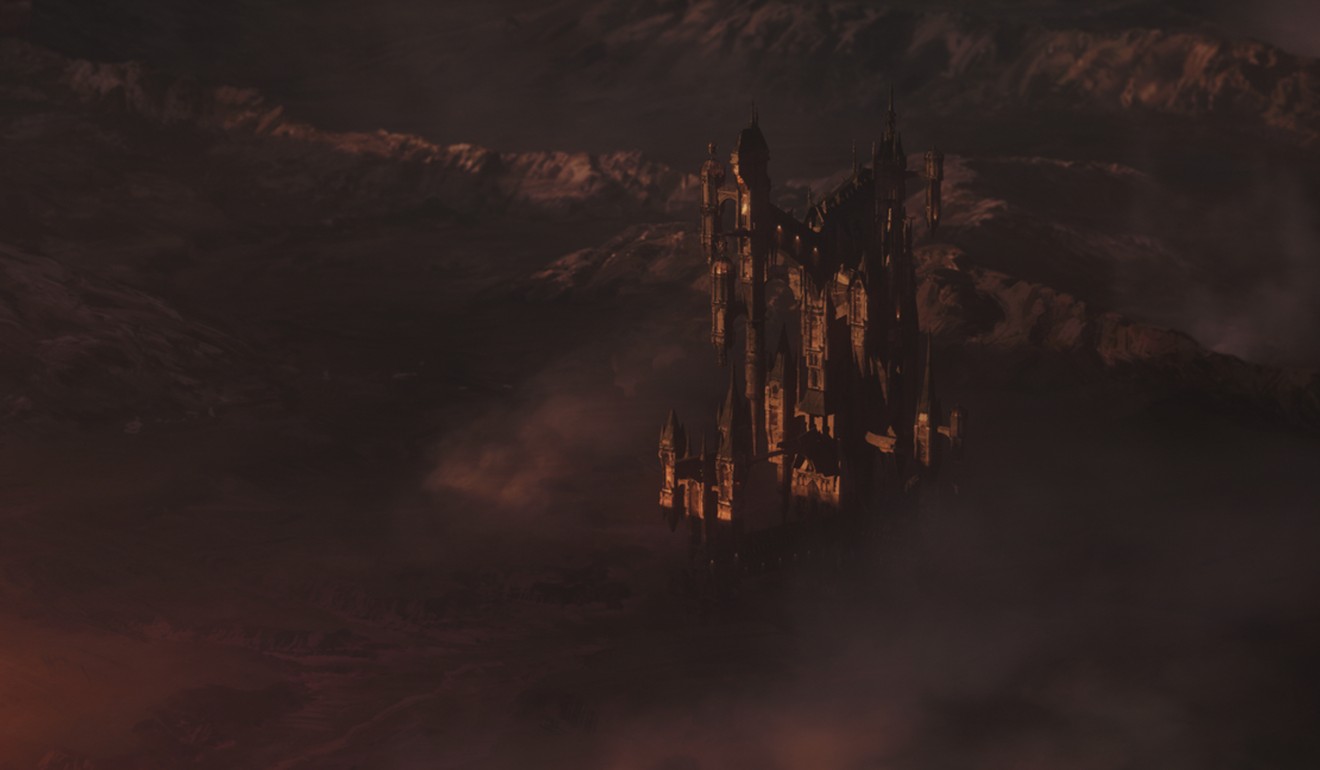
Castlevania: somehow Netflix managed to make a great TV show based on a video game
It could easily just have been a show about a guy who kills vampires, but Castlevania features sharp writing, beautiful art and a thoughtful criticism of human existence
Somehow, against all expectations and logic, the first Netflix original show derived from a video game is very, very good.
More impressive: the show is based on the Castlevania game series, a long-running game franchise most well-known for being immensely difficult to play. Its story was secondary at best, and early games involved bizarre dialogue that was mistranslated from the original Japanese.
The Castlevania show on Netflix, however, is both a rare example of how to successfully adapt a video game to film and a great show unto itself.
With writing from legendary author Warren Ellis, Castlevania manages to flesh out the world and characters of fictional 15th century Wallachia (modern day Romania) better than any Castlevania game ever has.
The first season is an almost-too-short four episodes, and it spends much of that time setting up the world, its characters and their motivations.

We don’t meet Trevor Belmont, the over-confident protagonist, until more than 20 minutes into the first episode. He’s not the focus, really – this is a show about Dracula, in case that wasn’t clear already.
But Dracula in Castlevania isn’t just some bloodthirsty monster sneaking around at night. He looks like a sympathetic, dashing gentleman if you ask me. And that’s basically what the show sets up from the start. Aside from living alone, and living in a menacing building, and the fact that he immediately threatens his visitors, the man commonly known as “Dracula” is introduced as an intellectual loner at absolute worst.

Forget about the literal field of human bodies on pikes leading up to his house – this guy’s a puppy dog. He’s a man of the sciences, even, and he finds love through his studies.
Five secrets from Okja, Netflix’s story of a girl and her super pig
A young woman who wants to be a doctor manages to overcome the terrifying landscape around Dracula’s home and requests his help in mastering the sciences. He grants her that help after some charming back and forth, and, well, things don’t go too well from there. Such is the life of a vampire in 15th century Eastern Europe.

In the short 30 minutes of the first episode of Castlevania, you’ll find much of what makes the rest of the first season so surprisingly great: sharp writing, beautiful art and a thoughtful criticism of human existence.
As ever, Warren Ellis brings a level of societal criticism that makes a potentially shallow piece of entertainment into something deeper than it requires. He could have just written a show about a dude who kills vampires, with pithy dialogue, and that’d probably be pretty good as well. Instead, he spends lengths of time debating the reality of institutionalised religion.

It’s this level of sophistication – mixed with a healthy bit of necessary humour and gratuitous hyper-violence – that makes Castlevania such a success.

